How They Worked
The period from 1875 to 1920 had many changes in the ways people could work. Farming was still the state’s main industry, but there were many more industries which moved to the South to take advantage of lower wages and more favorable state regulations.
Cotton was still king in West Tennessee, but other industries related to cotton, such as cottonseed pressing were growing. Memphis was the center of the cotton industry. In 1880 the Merchants Cotton Press and Storage was pressing cotton into 6,000 bales a day. Warehousing all that cotton was also a big industry. By 1900 Memphis was base for dozens of cottonseed oil companies.
Before the Civil War, most Tennessee goods were moved by river. Roads were extremely bad dirt roads that became mud holes after rains and froze in the winter time. After the war, railroad construction increased greatly and goods began to move by rail. The Louisville and Nashville Railroad company became one of the most powerful economic and political forces in the state.
The population of the state also greatly increased. In 1870 there were 1.3 million people living there. By 1900 there was more than two million—a 60 percent increase.
With the increased need for more laborers, came abuses. Children were put to work in factories during this time. Progressives worked to change the laws to block child labor and require mandatory schooling for certain ages.
Workers often banded together and went on strike to try and better their working conditions and pay. Sometimes it worked; sometimes it didn’t.
Tennessee passed it first workman’s compensation law in 1919. This progressive idea is that laborers or workmen should be paid if they are injured on the job. This first law paid injured workers $11 a week, or less based on their salary.
Even with low pay and sometimes difficult working conditions, Tennesseans were making more money than before, and had more leisure time.
Picture Credits:
- Photograph of two Nashville newspaper boys. This photo was taken by Lewis Hine in Nashville in November 1910. It shows Philip Weinstein, who is eight years old, and an older boy standing on the sidewalk and holding newspapers. The caption states, “Philip sells until 10 & 11 p.m. sometimes. Photo taken at 11 a.m. Philip said he player (played) hookey a week and they fired him. A good many truants on the streets those days.” A truant is someone who is absent from school without permission. Library of Congress.
- Photograph of a mailman. This photo was taken in 1908 in East Tennessee. It shows Will A. Woods, a mailman, delivering mail in a buggy. A photo caption explains that Woods used the buggy to deliver the mail only in good weather. He used a cart when bad weather caused road conditions to be worsen. Blount County Public Library.
- Photograph of two young mill workers. This photo was taken by Lewis Hine in Loudon, Tennessee in December 1910. It shows two young girls who work as a raveler and a looper in the Loudon Hosiery Mills. Library of Congress.
- Photograph entitled, “Man and Woman in Store Restaurant.” This photo was probably taken in Cookeville, Tennessee sometime between 1911 and 1930. It shows a man and a woman standing in a small store restaurant. Tennessee Technological University.
- Photograph of African American men, women, and children picking cotton. Tennessee State Museum Collection.
- Photograph of Chattanooga Police officers. This photo was taken in 1911 in Chattanooga. It shows three police officers in the department’s first motorized vehicle. The men are H. Minor, W. Turner, and R. A. Turner, Sr. Three more officers are shown on horseback. The men from left to right are Clarence Livingston, J. J. Irvins, and W. C. “Billy” Smith. Chattanooga-Hamilton County Library.
- Photograph of Gallatin Firefighters. This photo was taken in Gallatin, Tennessee in 1911. It shows the Gallatin fire brigade posed next to its horse-drawn carriage. Tennessee State Library and Archives.
- Photograph of young knitters in Loudon Hosiery Mills. This photo was taken by Lewis Hine in December 1910 in Loudon, Tennessee. It shows several young girls and a young boy at work. Library of Congress.
- Photograph of a telephone operator. This photo was taken in Tennessee during the 1920s. Tennessee State Museum Collection.
- Photograph of a gas station. This photo was taken in 1928 in Hohenwald, Tennessee. It shows two parked cars and several men standing outside a Gulf gas station. Tennessee State Museum Collection.
Confronting the Modern Era >> Life in Tennessee >> How They Worked >>
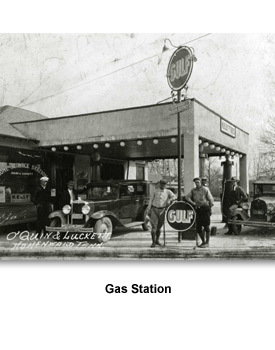
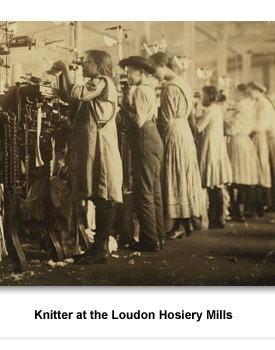
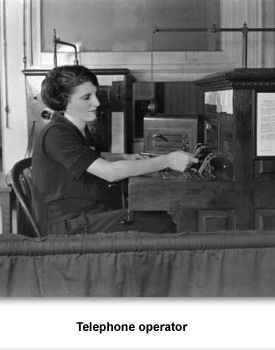
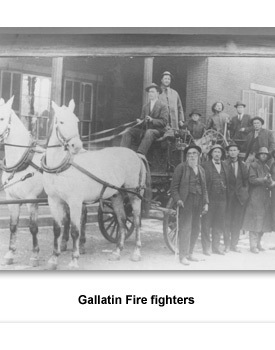
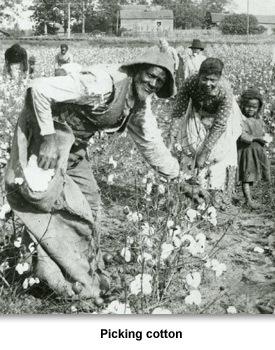
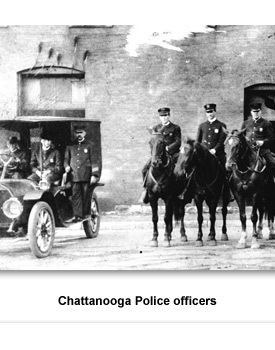
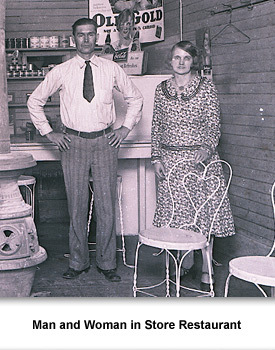
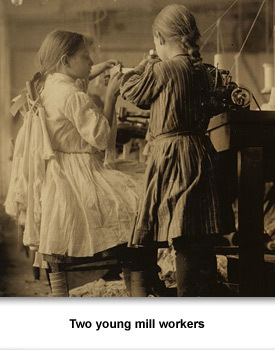
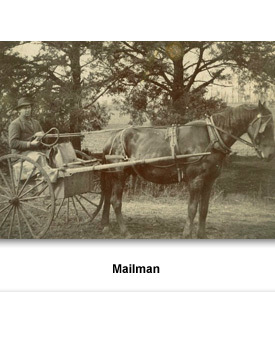
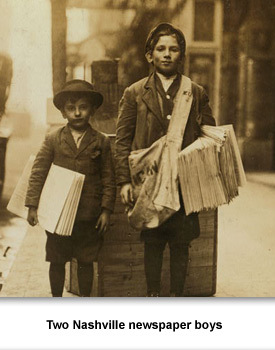
 Sponsored by: National Endowment for the Humanities
Sponsored by: National Endowment for the Humanities